Website Penetration Testing
“Expose the Weaknesses. Strengthen Your Website.”
Web application penetration testing is the practice of simulating attacks on a system in an attempt to gain access to sensitive data, with the purpose of determining whether a system is secure. These attacks are performed either internally or externally on a system, and they help provide information about the target system, identify vulnerabilities within them, and uncover exploits that could actually compromise the system
Discover and exploit SQL Injection flaws to determine true risk to the victim organization
Discover and exploit SQL Injection flaws to determine true risk to the victim organization
Apply a detailed, four-step methodology to your web application penetration tests: reconnaissance, mapping, discovery, and exploitation.
HANDS ON TESTING
Analyze traffic between the client and the server application using tools such as the Zed Attack Proxy and Burp Suite to find security issues within the client-side application code
Manually discover key web application flaws
Fuzz potential inputs for injection attacks

B L A C K B O X
Black Box testing involves testing a system with no prior knowledge of its internal workings. A tester provides an input, and observes the output generated by the system under test. This makes it possible to identify how the system responds to expected and unexpected user actions, its response time, usability issues and reliability issues

W H I T E B O X
White Box testing is an approach that allows testers to inspect and verify the inner workings of a software system—its code, infrastructure, and integrations with external systems. White box testing is an essential part of automated build processes in a modern Continuous Integration/Continuous

G R E Y B O X
Grey Box Testing or Gray box testing is a software testing technique to test a software product or application with partial knowledge of internal structure of the application. The purpose of grey box testing is to search and identify the defects due to improper code structure or improper use of applications
Tools We Used To Perform Testing

BURP SUITE
Burp Suite is an integrated platform and graphical tool for performing security testing of web applications, it supports the entire testing process, from initial mapping and analysis of an application’s attack surface, through to finding and exploiting security vulnerabilities

NESSUS
Nessus is an open-source network vulnerability scanner that uses the Common Vulnerabilities and Exposures architecture for easy cross-linking between compliant security tools. Nessus employs the Nessus Attack Scripting Language (NASL)

OWASP ZAP
OWASP ZAP is an open-source web application security scanner. It is intended to be used by both those new to application security as well as professional penetration testers, Experienced penetration testers can use OWASP ZAP to perform manual security testing

NMAP
Nmap is used to discover hosts and services on a computer network by sending packets and analyzing the responses, but also a wide variety of information about what’s connected, what services each host is operating, and so on by scanning through different ports

WIRE SHARK
Wireshark is a network protocol analyzer, or an application that captures packets from a network connection, such as from your computer to your home office or the internet. Packet is the name given to a discrete unit of data in a typical Ethernet network. Wireshark is the most often-used packet sniffer in the world.
What you can expect from us















